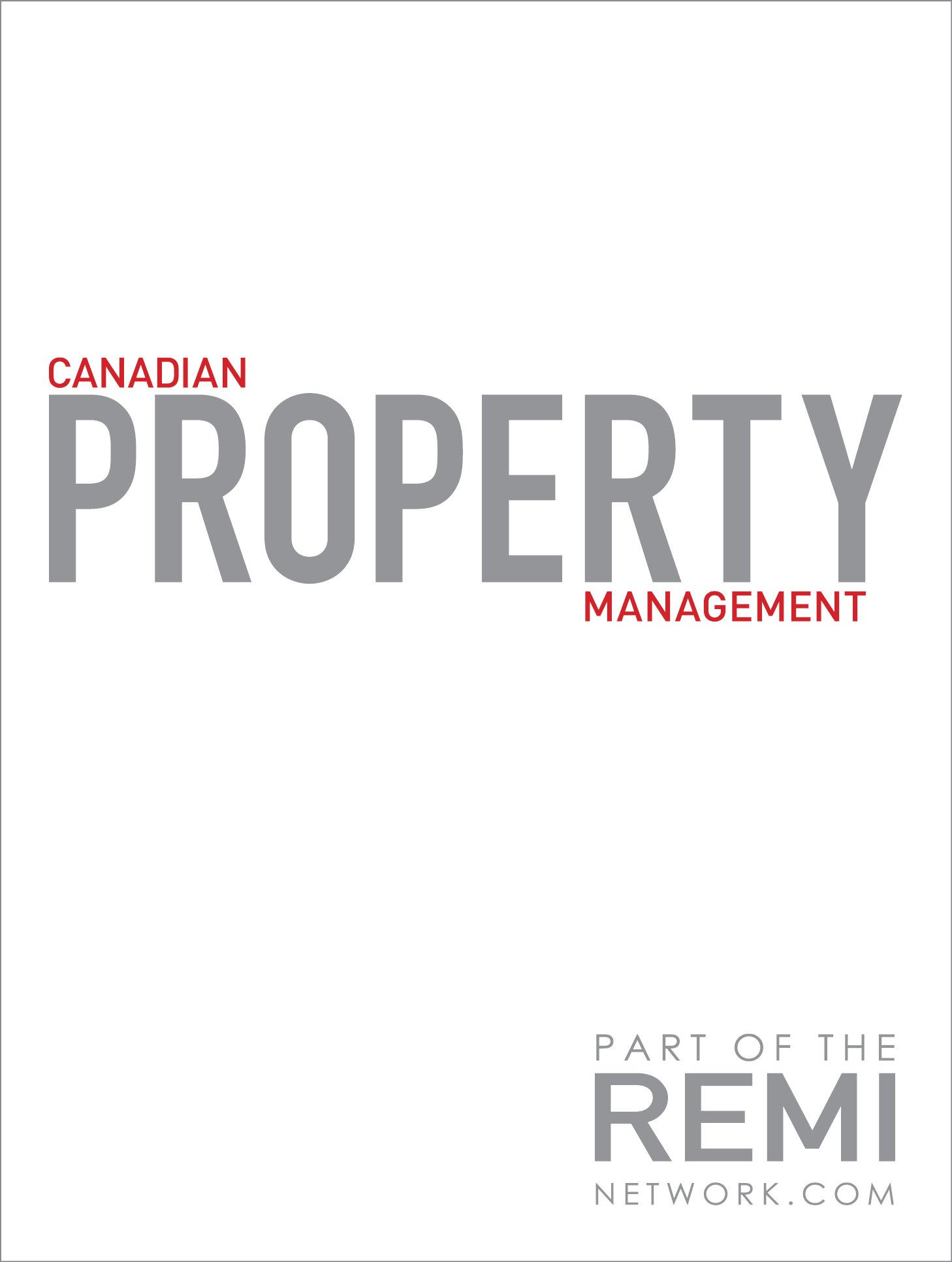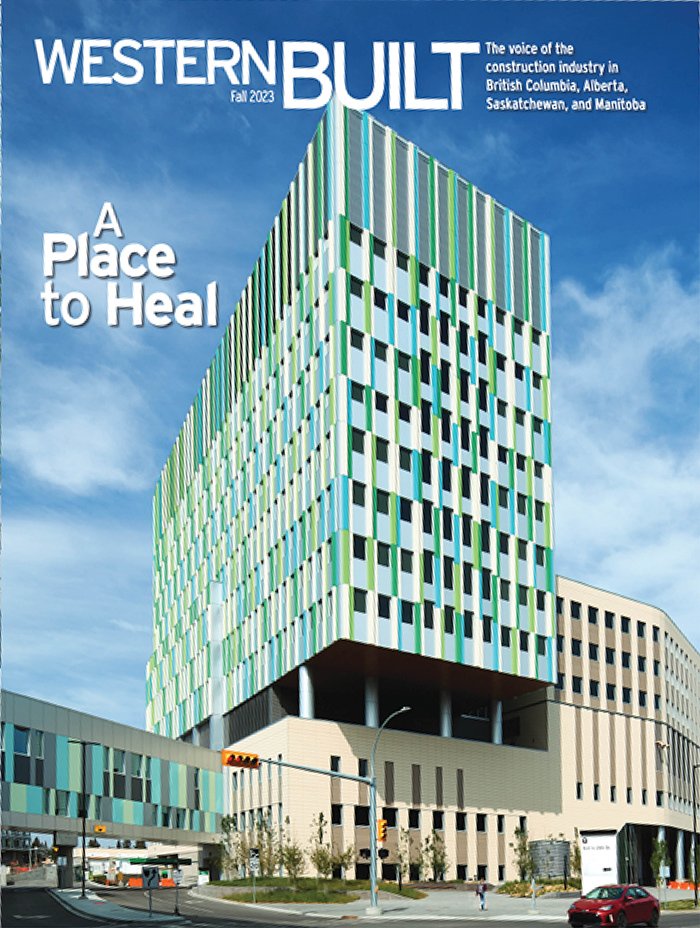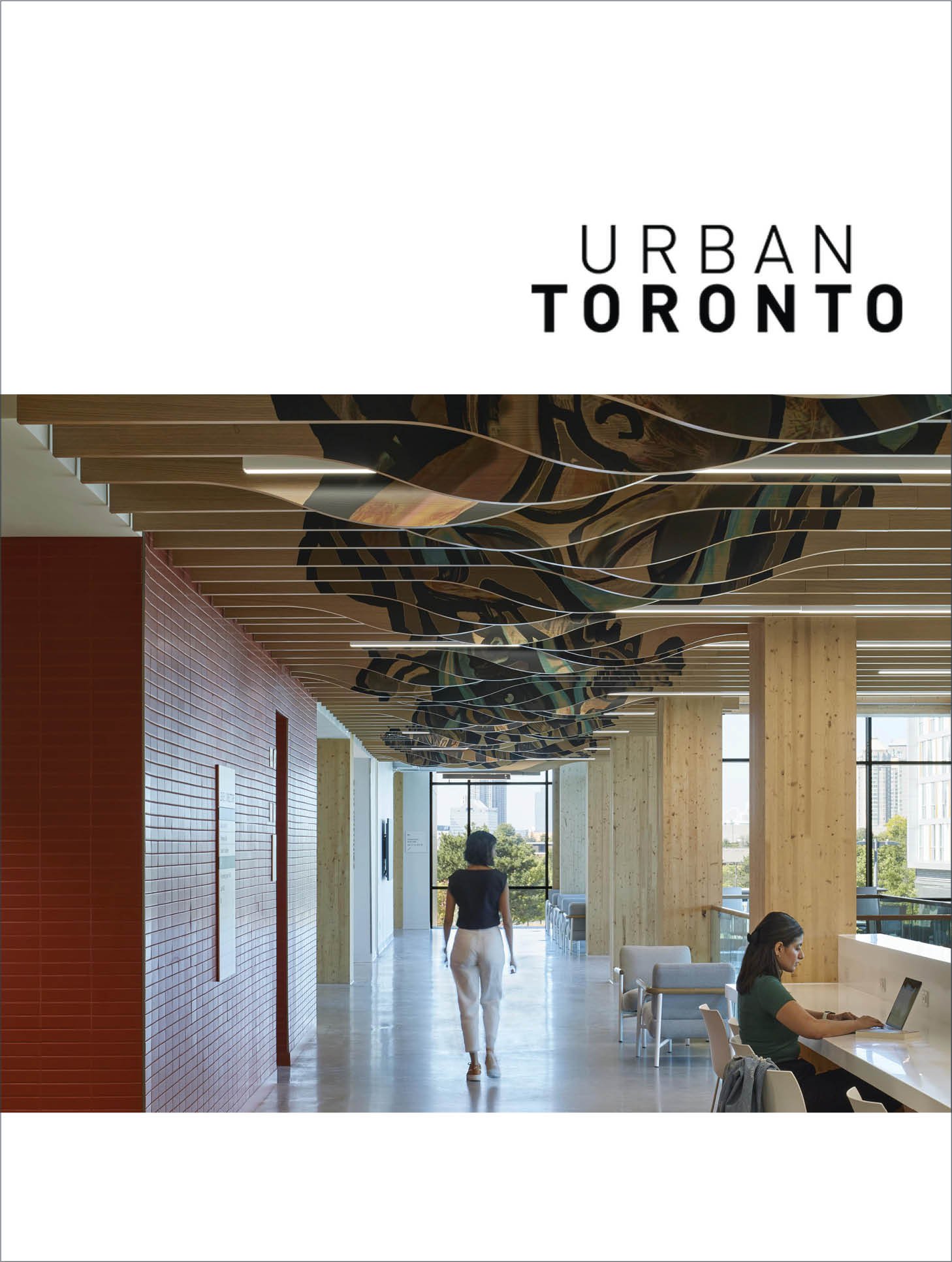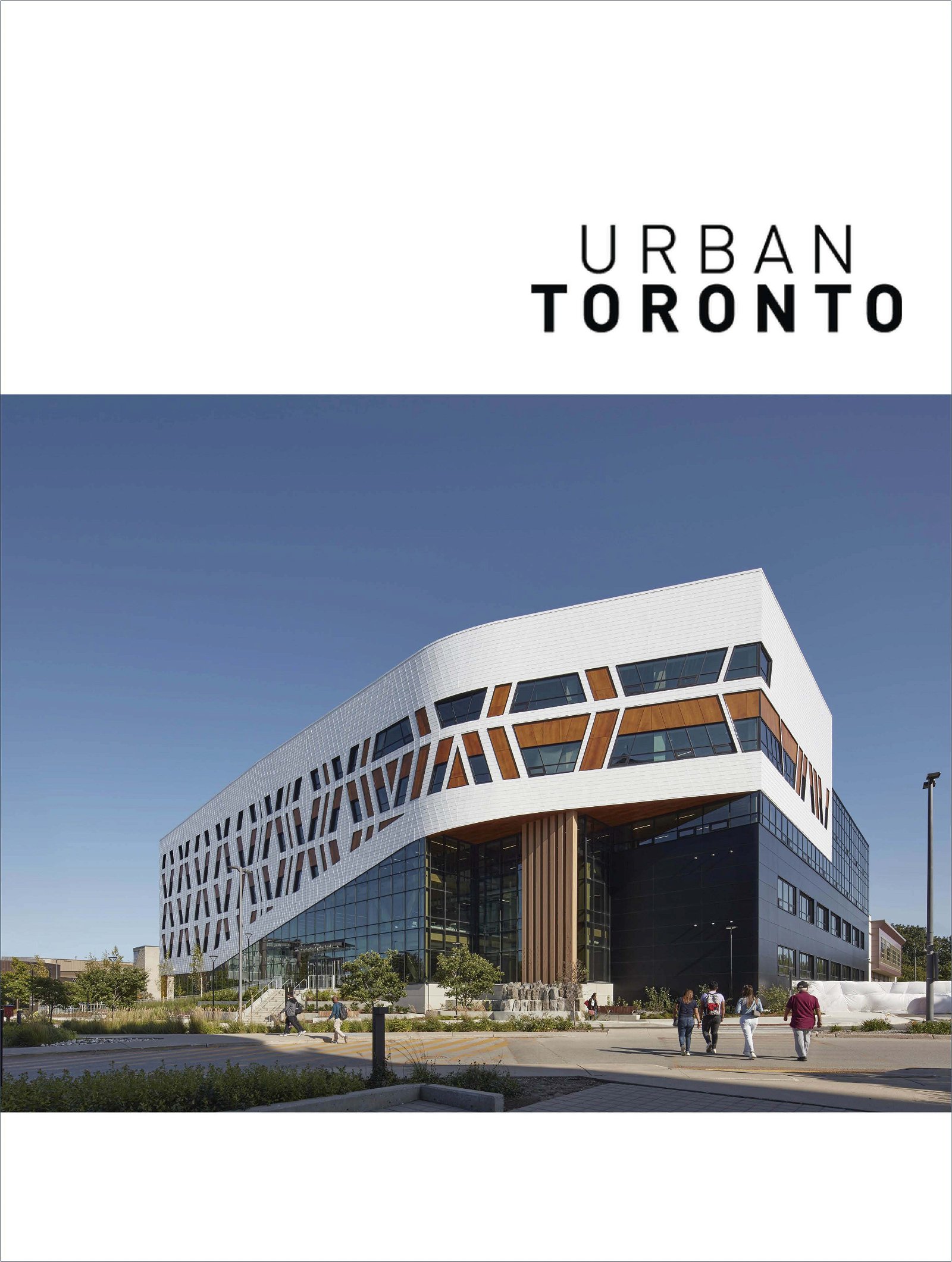
Canadian Property Management | November 2023
Bernardo Garcia Ramirez, BSc, MSc, P.Eng. | Design Engineer
5 tips for managing the unexpected
Redevelopment projects are defined as any new construction project on a site that has pre-existing structures and uses. These projects can be large or small, ranging from a single building to entire neighbourhoods, and they often involve the demolition of some, if not all, the existing structures. Bernardo Garcia Ramirez, Design Engineer out of RJC Engineer’s Edmonton Office, has worked on many redevelopment projects—all of which have presented his team with some new and unique challenges. In fact, his current project in Edmonton has been anything but straightforward, with surprises ranging from curious to downright costly.

Western Built Magazine | November 2023
The BC Energy Step Code represents a critical shift in the way we approach construction, setting a roadmap for building practices where energy efficiency becomes the top priority. The recent refresh of the BC Energy Step Code (BCESC) and the introduction of the Zero Carbon Step Code are more than just updates to the existing building code. They are part of an overarching strategy to shape a future where all new buildings are zero carbon by 2030.

Journal of Commerce by ConstructConnect | November 8, 2023
Leon Plett, P.Eng., MIStructE, Struct.Eng., LEED® AP | Managing Principal
Anticipated changes to the B.C. Building Code (BCBC) are expected to affect the seismic design of new and retrofitted structures and likely escalate costs for developers, particularly for projects on Vancouver Island, warns Leon Plett, a structural engineer and managing principal at RJC Engineers in Victoria.
“When the design for seismic loads increase, that means the strength of the building has to increase to accommodate those greater loads,” he explains. “So, in a concrete tower where you might have a reinforced concrete core sitting on caissons or a large footing, those core walls, for instance, will go from a metre thick under the current code to something like 1.5 metres in the future code.

techcouver | Nov 1, 2023
Wendy C. Macdonald, P.Eng., ENV SP, LEED® AP BD+C | Sustainability Consultant
In the face of the pressing need to combat climate change and reduce carbon emissions, the adoption of sustainable building practices has become paramount within the construction industry.
Engineers assume a pivotal role in spearheading this movement towards a greener future. An integral aspect of implementing these practices lies in embracing technological advancements.

Western Built | Fall 2023
Veronica Ochoa, BArch, MSc, LEED® AP BD+C, WELL AP, MASHRAE | Building Performance Project Designer
“Hot! Be careful!” “Caution: Contents very hot.” We are used to these warnings on our coffee cups, but should buildings/apartments that overheat have them? Some provinces require disclosure of flooding1 when buying/selling. In the U.S., insurance companies are leaving stated where assets are too expensive to insure due to floods and wildfires.2 Will buildings that are too expensive (or impossible!) to cool be next? Will informed consumers/investors pass opportunities in hot buildings in favor of cooler places? Let’s explore what stakeholders can do to reduce the likelihood of having a pool of stranded assets in their portfolio.
In the coming decade, car manufacturers in Canada will be subject to penalties for not producing and selling the right quota of electric vehicles (EV), contributing to a rapid rise in EV ownership. Given electric-powered vehicles are heavier than their gas-fuelled counterparts, there’s a good chance Building Code requirements will be changing in the near-term to address design loads for parkades, particularly as more electric pick-up trucks and SUVs begin flooding the market.

Canadian Property Management | October 2023
Frank Cavaliere, BSc, P.Eng., FEC, FGC (Hon.), LEED® AP, Parksmart Advisor | Managing Principal
From code changes to fire safety, now’s the time to plan ahead
In the coming decade, car manufacturers in Canada will be subject to penalties for not producing and selling the right quota of electric vehicles (EV), contributing to a rapid rise in EV ownership. Given electric-powered vehicles are heavier than their gas-fuelled counterparts, there’s a good chance Building Code requirements will be changing in the near-term to address design loads for parkades, particularly as more electric pick-up trucks and SUVs begin flooding the market.

Journal of Commerce by ConstructConnect | October 6, 2023
Deanna Perrin, BSc (Civil), P.Eng. | Associate
It took only minutes for the atrium roof at The Snow Ghost Inn, about an hour’s drive from Kelowna, B.C., to experience a catastrophic failure and collapse under the snow load on April 20, 2020.
Fortunately, the atrium was empty and the remainder of the building, which offers accommodation for patrons of the Big White Ski Resort, was largely unaffected by the collapse.

Urban Toronto | October 2, 2023
Dominic Mattman, BASc, MASc, P.Eng., LEED® AP | Associate
In Toronto's rapidly developing cityscape, where new buildings continuously rise, a silent yet significant environmental concern looms: the carbon emissions from these burgeoning developments. This issue has profound implications for the future of sustainable urban development. While operational carbon — such as the emissions from burning fossil fuels to heat and cool a building — often grabs headlines, a recent study by RJC Engineers and BDP Quadrangle delves deeper into the less-discussed topic of embodied carbon in residential structures, especially the carbon emitted during the construction phase of buildings. While operational carbon is becoming more manageable due to advancements in energy efficiency, the embodied carbon — often overlooked — is emerging as a significant contributor to the city's overall carbon footprint.

The Georgia Straight | Sept 29, 2023
Eric Wilson, EIT, B.Eng, MASc, PhD Candidate | Liaison, Indigenous Projects
Canada is in a housing crisis. It is a challenge relevant to many Canadians across the country but is of particular significance to Indigenous Nations, where decades of destructive government housing and land policy have aided in the creation of widespread poverty.

Urban Toronto | September 28, 2023
Centennial College has announced the completion of the A-Building Expansion at its Progress Campus, located at 940 Progress Avenue in Scarborough. This project, overseen by EllisDon and designed by DIALOG Architects and Smoke Architecture, is notable as Canada's first higher-education facility to be zero carbon and constructed with mass timber. The expansion adds approximately 14,000m² of both new and renovated space to the campus, which comprises 20 buildings.